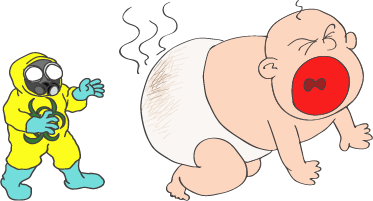Geometry Introduction
Set up the film projector and grab a box of M&M's that's clearly meant for sharing (though we won't judge you if you keep them all to yourself). We've got a quadruple feature in store tonight.
We'll start the evening with a flick for the youngest audience members: Alice in Wonderland, the story of a girl who just can't resist indulging her sweet tooth, resulting in some wicked growth spurts. (Your parents will insist that the moral of the story is to eat less candy.)
Once the little kids fall asleep, we'll move on to a wholesome Rick Moranis twofer that we're sure your parents will appreciate: Honey, I Shrunk the Kids and Honey, I Blew Up the Kid, the stories of a goofy scientist dad whose latest at-home experiments result in tiny teenagers surviving the backyard jungle and one giant baby terrorizing the Las Vegas strip. That's what Hollywood's about, baby.
Finally, after your parents fall asleep, we'll light up the big screen with everyone's favorite man of mystery, Austin Powers: The Spy Who Shagged Me, as he takes on his time-traveling arch-nemesis Dr. Evil and the doctor's miniature sidekick, Mini-Me.
Perhaps you've noticed a theme in our movie selections. For those of you more interested in giant tubs of butter-soaked popcorn than the party game where you name what three things have in common, we'll go ahead and spell it out. Each one features characters in miniature or in, well, largesse. They look like regular characters. They speak like regular characters. They behave like regular characters. They are, in fact, regular in every way except for their size.
Kind of like similar polygons, and of special significance to us, similar triangles. Similar triangles (or polygons) are those that look exactly like each other in every way except for their size, the same way that over-sized babies look exactly like regular-sized babies, only much, much bigger. Of course, over-sized babies have much, much bigger diapers as well, and we don't even want to imagine how you'd go about changing them.
